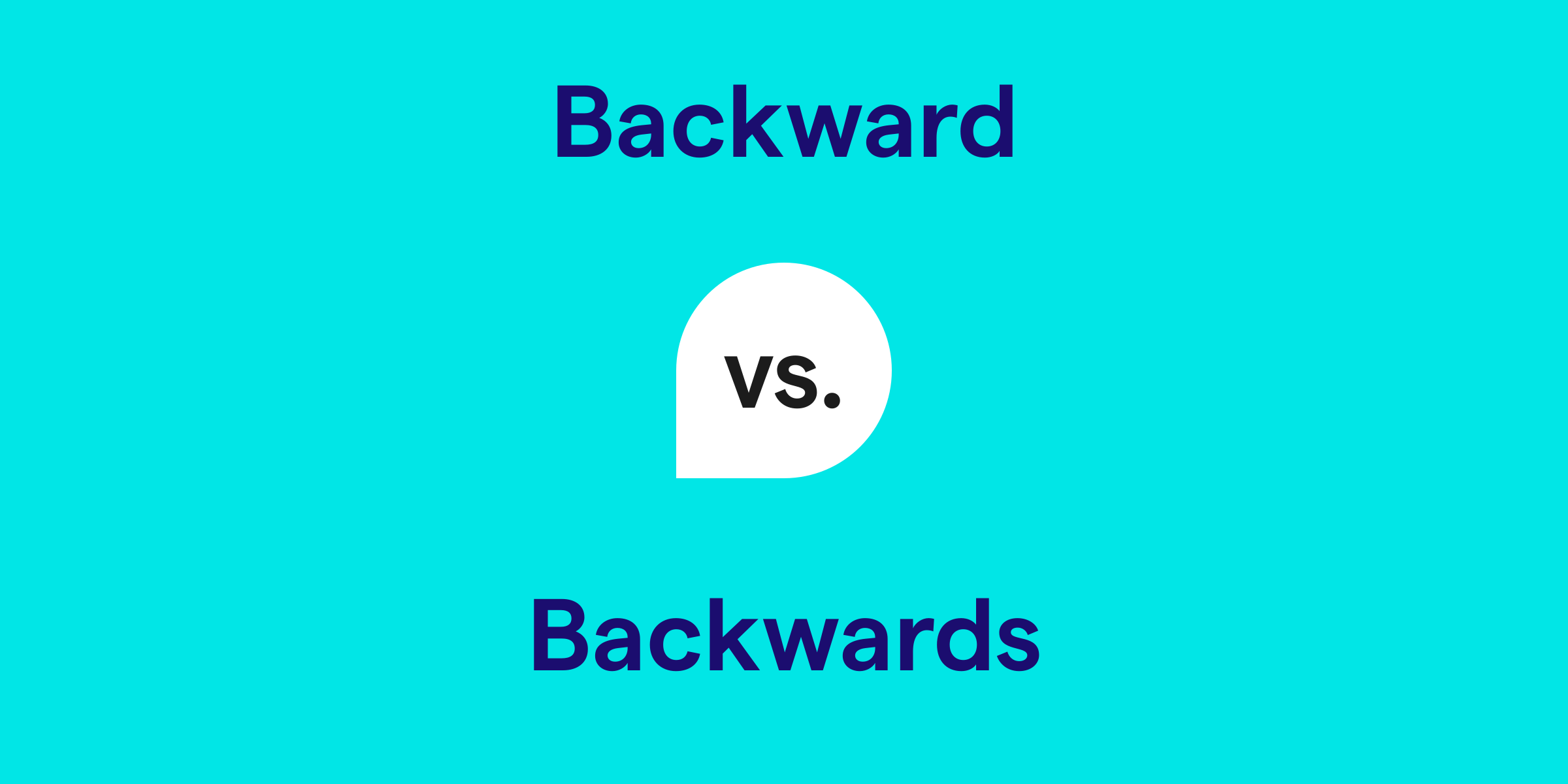Backward vs. Backwards: What's the Difference?
The words backward and backwards can often lead to confusion, but they have distinct uses in English. Backward is mainly used as an adjective to describe a reverse direction or movement, or a lack of progress. On the other hand, backwards functions primarily as an adverb, emphasizing the motion or direction of an action. Additionally, regional preferences can influence their usage, with backward being more common in American English and backwards often preferred in British English.

How do you use the word backward in a sentence?
The word backward is typically used as an adjective that refers to a direction or movement towards the back or in reverse. It may also describe a regression in development or progression. The term is most appropriately used in contexts which require a descriptive word to characterize a state or condition, rather than the act of moving itself.
Examples of backward in a sentence
- The backward glance she gave him was filled with regret.
- Many were concerned about the backward steps the community was taking in terms of equality.
- Some electronics feature a backward compatibility, allowing them to interface with older models and accessories.
How do you use the word backwards in a sentence?
Used primarily as an adverb, backwards refers to the action of moving in the reverse direction, often away from a starting point or goal. It suggests literal physical movement as well as metaphorical contexts implying retreat or regression. Backwards is the form you'll most likely encounter in discussions about the way a situation, object, or person is moving or oriented.
Examples of backwards in a sentence
- He glanced backwards as he walked away to see if she was following him.
- If you play the record backwards, you can hear a hidden message.
- The policy change was seen by many as a move backwards, away from the progress that had been made.
Backward and backwards definition, parts of speech, and pronunciation
Backward definition:
Backward (adjective): directed towards the back or in the reverse direction; not advanced in civilization; dull in understanding; reluctant or not willing.
Backward parts of speech:
Backward pronunciation:
Backward is pronounced as /ˈbæk.wərd/.
Backwards definition:
Backwards (adverb): towards the back or in the direction that is behind you; returning to a former or less advanced state.
Backwards parts of speech:
Backwards pronunciation:
Backwards is pronounced as /ˈbækwədz/.
Backward (adjective): directed towards the back or in the reverse direction; not advanced in civilization; dull in understanding; reluctant or not willing.
Backward parts of speech:
- As an adjective: Technologies that are backward typically require updating or replacement.
Backward pronunciation:
Backward is pronounced as /ˈbæk.wərd/.
Backwards definition:
Backwards (adverb): towards the back or in the direction that is behind you; returning to a former or less advanced state.
Backwards parts of speech:
- As an adverb: When startled, the cat jumped backwards, away from the noise.
Backwards pronunciation:
Backwards is pronounced as /ˈbækwədz/.
Backward vs. backwards in a nutshell
To summarize, backward is an adjective that characterizes something as reverse or regressive, whereas backwards is primarily used as an adverb to describe a motion done in reverse. The choice between the two often comes down to the function within the sentence: if you're describing a state, use backward; if you're describing an action, go with backwards. Remember to keep in mind regional preferences; American English favors 'backward,' while backwards is more commonly used in British English.
Get AI Writing Assistance Wherever You Type
Make sure your vocabulary is on point and every punctuation mark is in the right place, no matter where you’re working. Grammarly works across more than 1 million websites and apps so you can improve your writing without copying, pasting, or breaking focus.

More Commonly Confused Words
Interest piqued? Pore (not pour) over other commonly confused words to help your writing reach peak (not peek) performance.